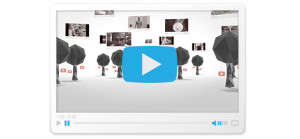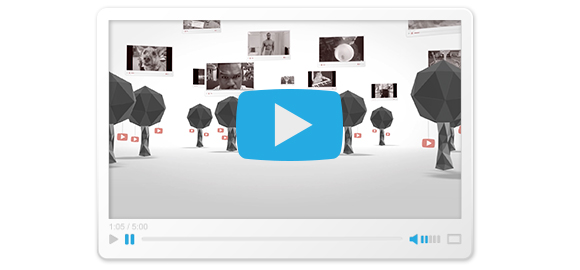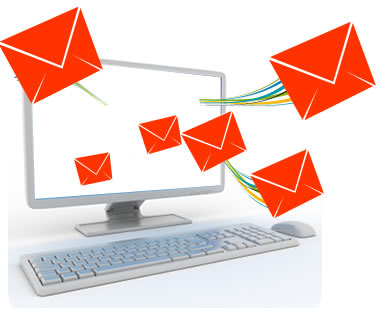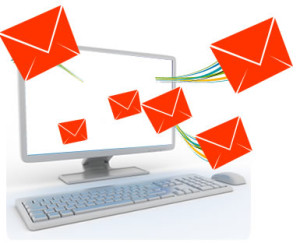 For any online business, having sales videos out there for marketing purposes is crucial. However, due to the large amount of dis-information business owners at times tend to go about their sales video marketing the wrong way. Are you planning to launch a sales video or two but don’t know which information to trust? Then read on for some sales video marketing myths. These will help you avoid the pitfalls that so many other online business owners have fallen victim to and lost sales.
For any online business, having sales videos out there for marketing purposes is crucial. However, due to the large amount of dis-information business owners at times tend to go about their sales video marketing the wrong way. Are you planning to launch a sales video or two but don’t know which information to trust? Then read on for some sales video marketing myths. These will help you avoid the pitfalls that so many other online business owners have fallen victim to and lost sales.
Length of Time Shouldn’t Be Limited To 3 Minutes
Research suggests that the average time people watch a sales marketing video before clicking away is 2 minutes, 53 seconds. Therefore, most marketers believe that it is advantageous to create videos at just under the 3 minute mark. This, however, is not ideal because you will be limiting yourself on your ability to sell your products based on one simple statistic. It might be that most sales videos are not very engaging and for that reason people tend to lose interest. Whereas if you put focus on viewer engagement as opposed to just selling your product then you could keep your viewers around for longer, as Kevin Daum from Inc. suggests:
For a successful marketing video you should entertain your prospect and keep them interested until the very end regardless of the duration. Use humour, beauty, and emotion to engage them. Just don’t be boring.
If you try hard enough to engage your viewers then you could produce videos as long as 30 minutes. Think of it this way: for products that are compelling enough, people will stick around for a while to learn all they can about it before making a purchase.
Don’t Focus Only On The Selling
The main reason why you would create a sales video is for lead generation. For this purpose it works wonders, and when compared to other lead generation methods out there it is one of the best. However, the biggest mistake you could make is to view sales videos as a tool that only generates leads. In addition to generating leads sales videos can add much needed credibility to a business. For example, the business owner could present the video which would allow the customer to physically see who it is they are buying from. Openness and transparency in any online marketplace is key to getting a boost in sales.
Another purpose of a sales video is to remove confusion about a product or service. For example, you might be selling exercise equipment where using it is not self-explanatory. If people have trouble understanding how to use the equipment then they won’t be attracted to buy it. Fortunately, within a sales video you could include a section on how to use the fitness equipment, and what the benefits are of your specific equipment.
The bottom line is that there are no limits to how creative you can be with sales videos. The more creative you are the better your results will be.
Hiring a Videographer Might Not Be The Best Way To Go
There are a number of options open to you when deciding how your sales video will be produced. This includes doing it yourself, hiring an internet marketing company, or a videographer. Most people believe that forking out as much as $10,000 on a videographer to get a professionally shot video is the best way to go. However, for the online environment, that is not an ideal type of video to order; especially if your marketing budget is limited.
The problem with videographers is that they tend to get most of their work for the offline world. This means their videos are all about glossiness and visual aesthetics. Very little effort is used to actually market the product. Online videos need to be orientated towards the selling rather than simply entertainment. An expert from Video Broadcast Services explains the difference between the two types of videos:
Professional and aesthetically pleasing videos with spokesmodels and fancy props are produced more to entertain your clients, while marketing videos are scripted and produced to bring in new clients and customers.
Rather than hiring an expensive videographer you could be better off with an internet marketing company. The video they produce might not look as aesthetically advanced, but they will get you the sales your business needs. In the end that is what should count the most above all else.
Scared Potential Customers Won’t Watch Your Video?
It is a legitimate fear to have that once your sales video is created you won’t get the desired viewing figures to make it worth the investment. Fortunately, there is a growing trend where more and more people are using videos as the medium through which they get their information on the internet. Not only are the video viewing figures increasing, but also the number of portals by which videos can get shared is also increasing. This means it is easier now than ever to get your videos to go viral.
Getting a video viral means that it will take on a life of its own. You won’t have to spend a dollar on marketing it, yet potential customers in their thousands will come to view it. A well-constructed sales video can have a much greater impression on a potential customer than a block of text. An expert from Brick Marketing Blog explains this point further:
Some people prefer to learn visually and find it more entertaining to watch a video as opposed to reading a blog post or an article. As long as you have something interesting to say and provide value with your video, people will watch it.
Furthermore, you shouldn’t put all of your eggs in one basket by releasing only one sales video. It might take several videos before you make an impact in your marketplace. Therefore, take a good look at your budget and find a service that will allow you to stretch it to the limit. There are many good quality marketing companies out there that do bulk deals for videos; you just have to find them.



 Keeping the subject of your e-mail letters engaging means there needs to be an element of freshness about them. You can do this by including current newsworthy events that are related to your niche. This demonstrates two things: first, that you can be relied upon to keep your audience informed of niche-related news; and second, you are updating your e-mail series. Nobody wants to stay on an e-mail list that appears to be written 10 years ago. The fresher the information the better, and for ideas on how to keep your e-mails fresh read on:
Keeping the subject of your e-mail letters engaging means there needs to be an element of freshness about them. You can do this by including current newsworthy events that are related to your niche. This demonstrates two things: first, that you can be relied upon to keep your audience informed of niche-related news; and second, you are updating your e-mail series. Nobody wants to stay on an e-mail list that appears to be written 10 years ago. The fresher the information the better, and for ideas on how to keep your e-mails fresh read on: Every marketing method out there has its own set of problems, and pay-per-click (PPC) is not any different. A lot of marketers getting started with PPC will have heard of the instant profits that can be made and then scaled up beyond one’s wildest dreams. But in reality, you are likely to hit a series of setbacks before you even get one profitable campaign. If you want to get through the PPC learning curve quicker than most then you would do well to familiarize yourself with the top problems that you may come across.
Every marketing method out there has its own set of problems, and pay-per-click (PPC) is not any different. A lot of marketers getting started with PPC will have heard of the instant profits that can be made and then scaled up beyond one’s wildest dreams. But in reality, you are likely to hit a series of setbacks before you even get one profitable campaign. If you want to get through the PPC learning curve quicker than most then you would do well to familiarize yourself with the top problems that you may come across.

 Search engine optimization gives you the chance to optimize your content for search and show up when users are searching for content that relates to your products and services.
Search engine optimization gives you the chance to optimize your content for search and show up when users are searching for content that relates to your products and services.